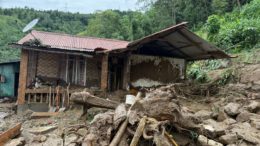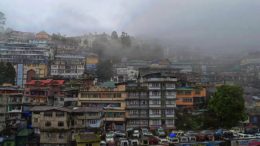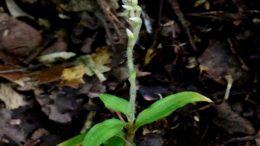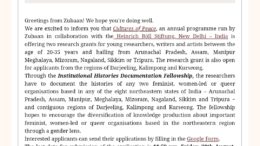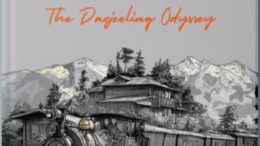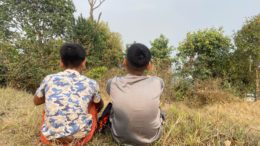Special Intensive Revision – A basic intro
The Special Intensive Revision is a comprehensive overhaul of the electoral roll, where voter verification is done from scratch. This is different from the regular annual summary revision that accounts for new voters, deaths, and migration. The Election Commission of India (ECI) has ordered this for Bihar, and now it will be implemented in 12 states and UTs, including West Bengal.
Since 1951 to 2004, it has been done 8-times. The last SIR was done in 2002-2004.


